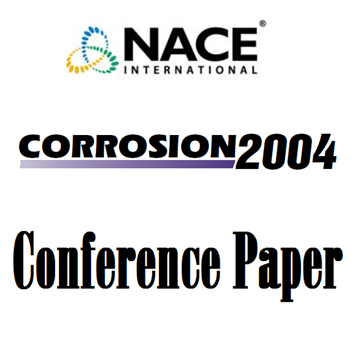Search
RP0391-1991, Materials for the Handling and Storage of Concentrated (90% to 100%) Sulfuric Acid at Ambient Temperatures
Also Purchased
SP0294-2006-SG (formerly RP0294), Design, Fabrication, and Inspection of Tanks for the Storage of Concentrated Sulfuric Acid and Oleum at Ambient Temperatures
Product Number:
21063-SG
ISBN:
1-57590-209-5
$109.00
04233 Alloy Selection for Dilute and Medium Concentration Sulfuric Acid
Product Number:
51300-04233-SG
ISBN:
04233 2004 CP
Publication Date:
2004
$20.00
00700 FAILURE OF POLYPROPYLENE LINED PIPE IN SULFURIC ACID - A CASE HISTORY
Product Number:
51300-00700-SG
ISBN:
00700 2000 CP
$20.00




